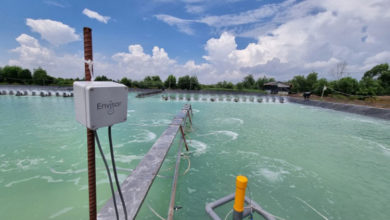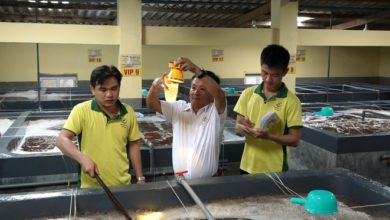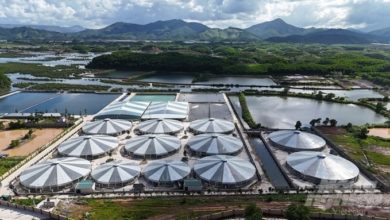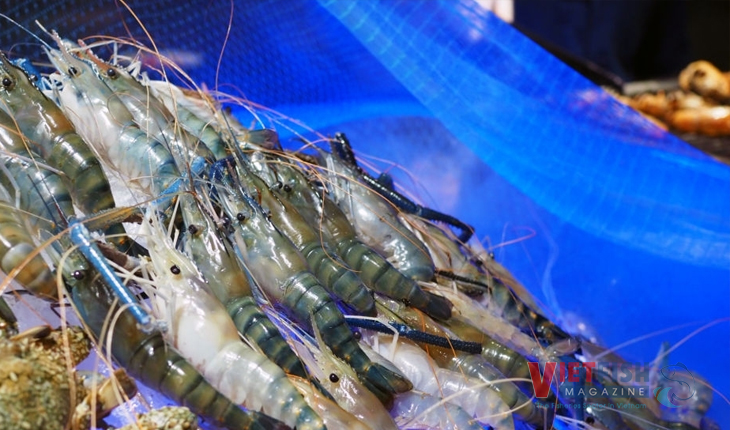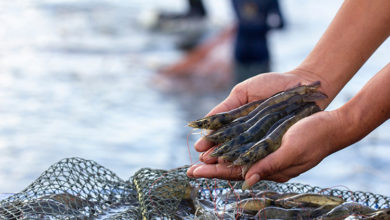Tra Vinh: AI mitigates 90% of disease risks in farmed shrimp
By reducing costs, increasing stocking density, and effectively managing 90% of disease risks, shrimp farmers have been able to offset the initial high investment costs.
According to the Department of Animal Health (Ministry of Agriculture and Rural Development), in the first nine months of the year, white spot disease affected 1,034 hectares of shrimp farms nationwide, acute hepatopancreatic necrosis impacted 1,009 hectares, red body disease affected 643 hectares, and white feces disease impacted 565 hectares. Meanwhile, stunting and EHP diseases are increasing rapidly. These diseases are mainly found in key farming regions like Tra Vinh, Soc Trang, Ca Mau, Bac Lieu, and Kien Giang. Notably, white spot disease is a major concern due to the lack of a preventive vaccine or effective treatment.
Dr. Nguyen Thanh My, Chairman of My Lan Group, believes that although there are secondary factors, most farmers unintentionally contribute to disease spread due to mismanagement of physical factors. Many farmers use aerators running 24/7 to supply oxygen to shrimp, even though it’s naturally available. This results in wasted electricity, higher costs, and noise pollution.
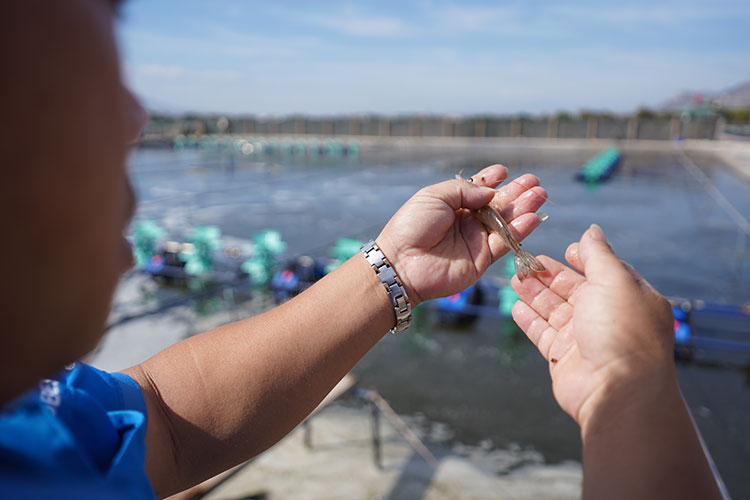
To address these issues, Rynan Technologies Vietnam has introduced a new shrimp farming method at its Trà Vinh farm. The pond features a unique funnel-shaped bottom and a raceway system that stratifies the water body and accelerates waste settling.
Dr. My added that shrimp usually feed in groups during the day and, due to their greedy nature, prefer larger pellets over smaller ones. To promote faster growth, he activates green lights at midnight to encourage the shrimp to feed on seaweed and algae.
To prevent disease outbreaks, he uses AI to monitor shrimp size and health, detecting signs of infection through daily growth data. The AI device helps reduce disease outbreaks by up to 90%.
In Vietnam, the average shrimp farming density is 200 shrimp/m², but my technology increases it to 400-500 shrimp/m² while saving energy and water. The siphon system helps prevent diseases, and any shrimp issues are immediately detected to minimize economic risks,” said Dr. My.
Over 6,300 hectares of high-tech shrimp farming
The high-tech shrimp farming model is being implemented in Cau Ngang and Duyen Hai districts of Tra Vinh Province. Due to its effectiveness in terms of productivity and economics, more people are investing in the model. The average stocking density reaches 100-200 shrimp per square meter, with a yield of 45-60 tons per hectare per crop, an increase of 10-20 tons per hectare since 2017.
Previously, Farmer Le Van Tich from Cai Gia Hamlet, Hiep My Dong Commune, Cau Ngang District, raised shrimp in earthen ponds, but his harvest was unstable due to water pollution, disease outbreaks, and unpredictable weather.
Thanks to the pond control device, he can monitor the shrimp farm’s water environment every hour. With a tap on his phone, he receives parameters such as temperature, dissolved oxygen, and toxic gases, allowing precise control over water source, feed, and shrimp density. As a result, his shrimp yield is three times higher than that of traditional farming methods.
Nguyen Trung Hoang, Vice Chairman of the People’s Committee of Tra Vinh Province, stated that to reduce shrimp diseases and improve technology use in disease control, the province will enhance support for issuing farming registration certificates, implementing VietGAP, and applying aquaculture certification standards.
The Tra Vinh authorities encourage businesses to invest in aquaculture breeding stock production in designated areas, fostering collaboration and shared profits and risks between businesses and farmers. Additionally, the province will promote the application of new technologies and scientific advancements in seed production, while facilitating shrimp farmers’ access to bank financing for high-tech shrimp farming models.
VFM


